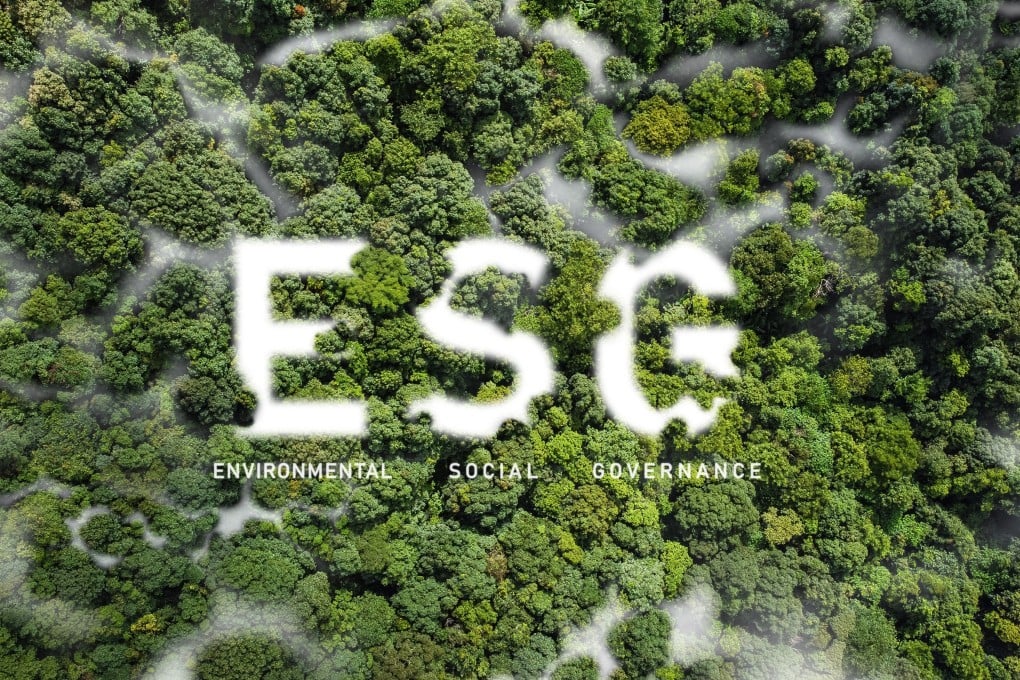Opinion | Instead of labels like ESG, let’s prioritise good old integrity
- It can be hard to evaluate a company’s environmental, social and corporate governance performance amid the profusion of standards. But there is always integrity, accountability and humility to fall back on

So many acronyms, so little time.
In design and construction, more standards and programmes have surfaced in the evolving call for green and sustainable design. With some catchy acronyms, it can feel like the name was reverse-engineered to fit.
Popular acronyms include LEED, which stands for Leadership in Energy and Environmental Design, and BREEAM, for Building Research Establishment Environmental Assessment Method. In Hong Kong, we have abbreviations such as BEAM Plus (Building Environmental Assessment Method Plus).
Most architects, already familiar with green design systems, sustainable materials and products, and the means to reduce the carbon footprint, emissions and wastage in building construction and operation, can readily tackle the “E” of ESG.
The “S” refers to social impact, including on the surrounding neighbourhoods and society at large, and this is highly dependent on outcomes, which take time to realise. The “G” refers to the company’s principles in leadership, management, standards in diversity, inclusivity and the upholding of human rights as well as stakeholders’ interests.
